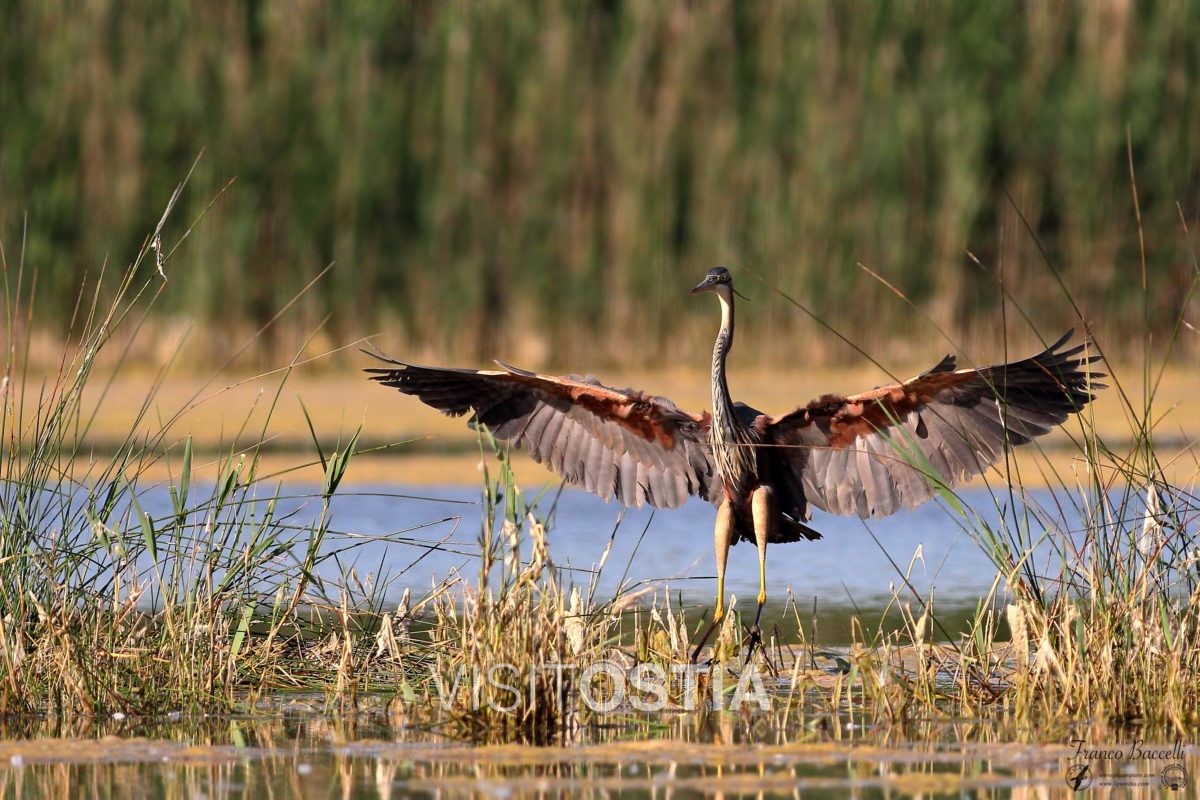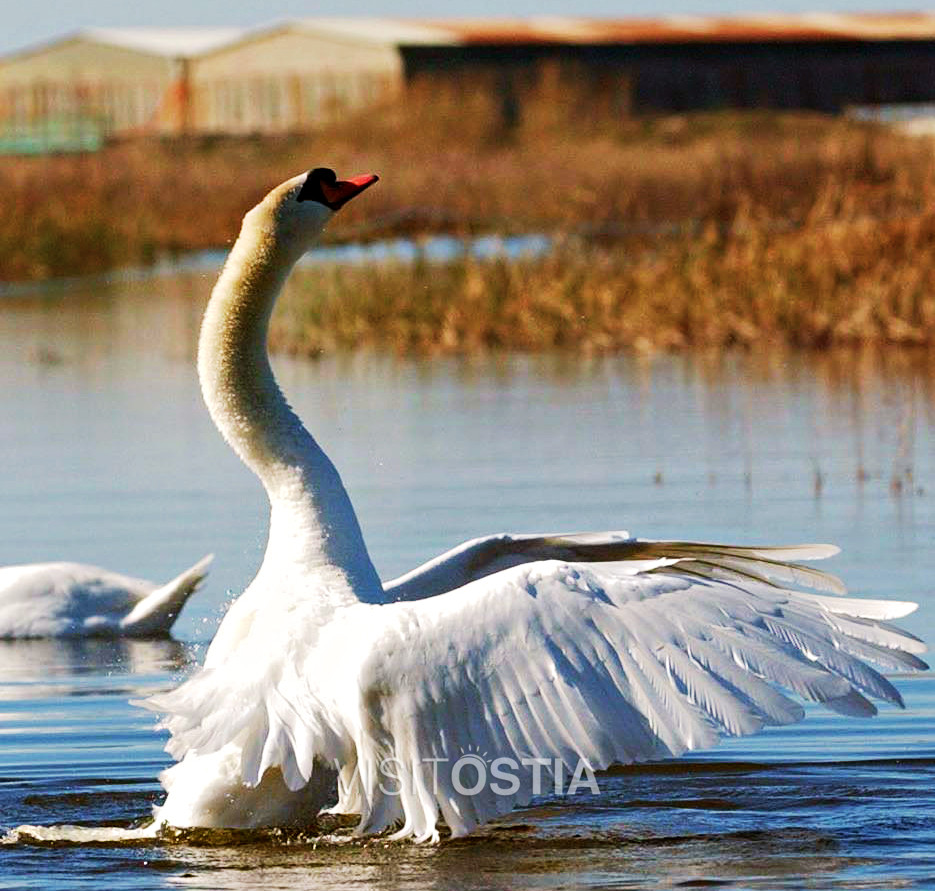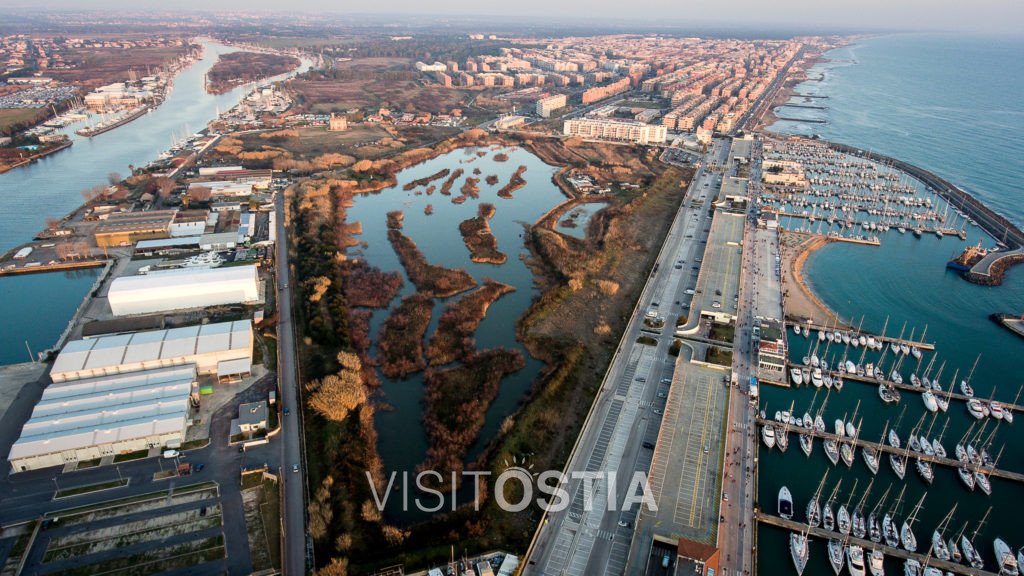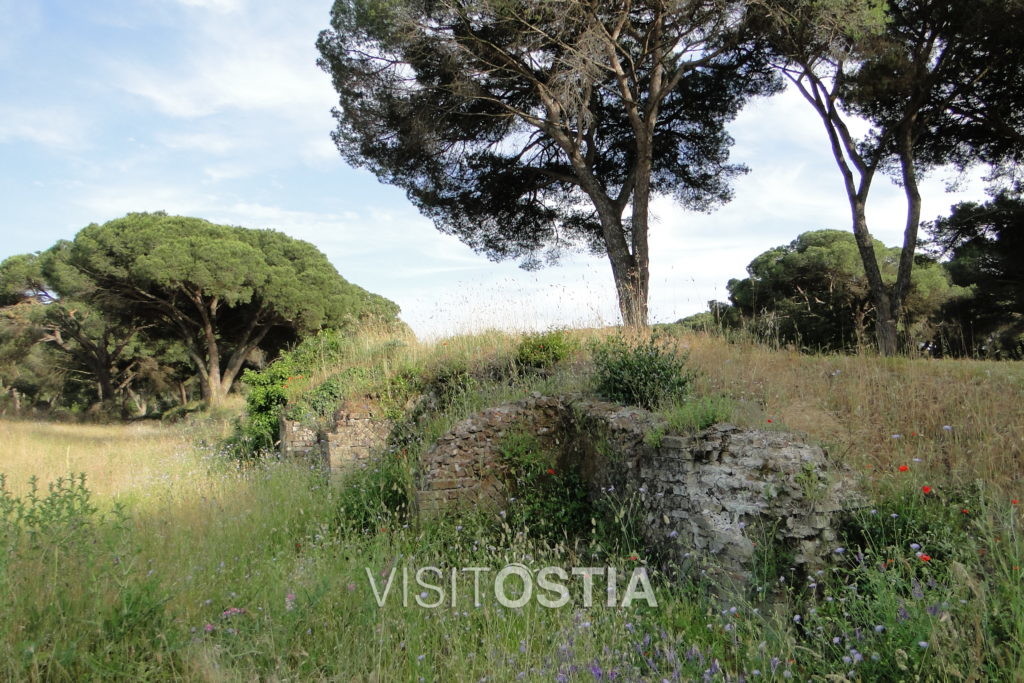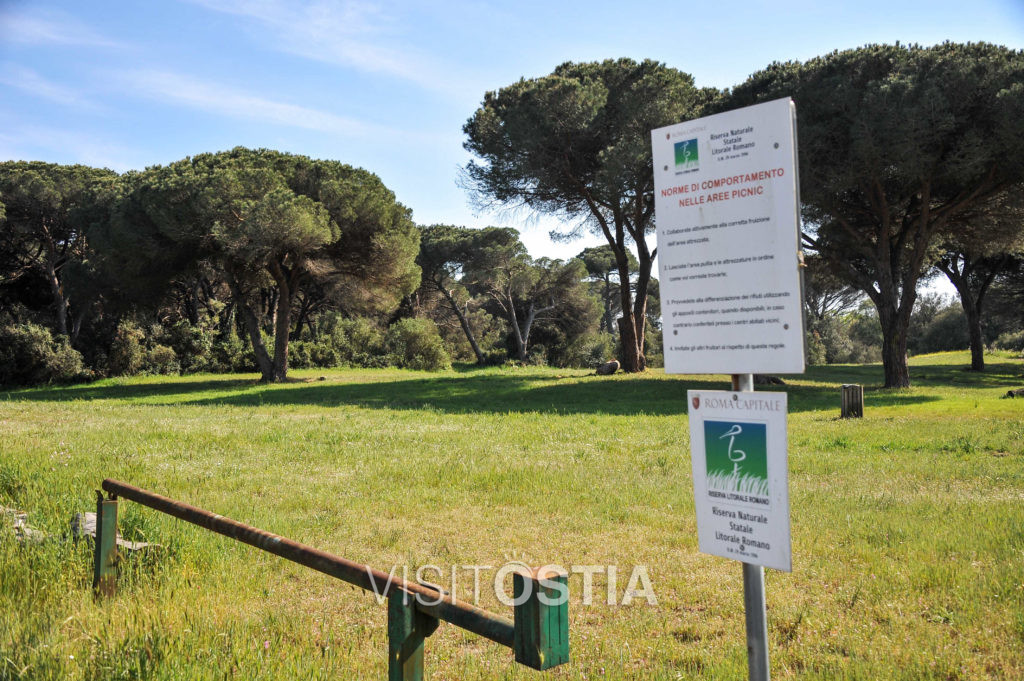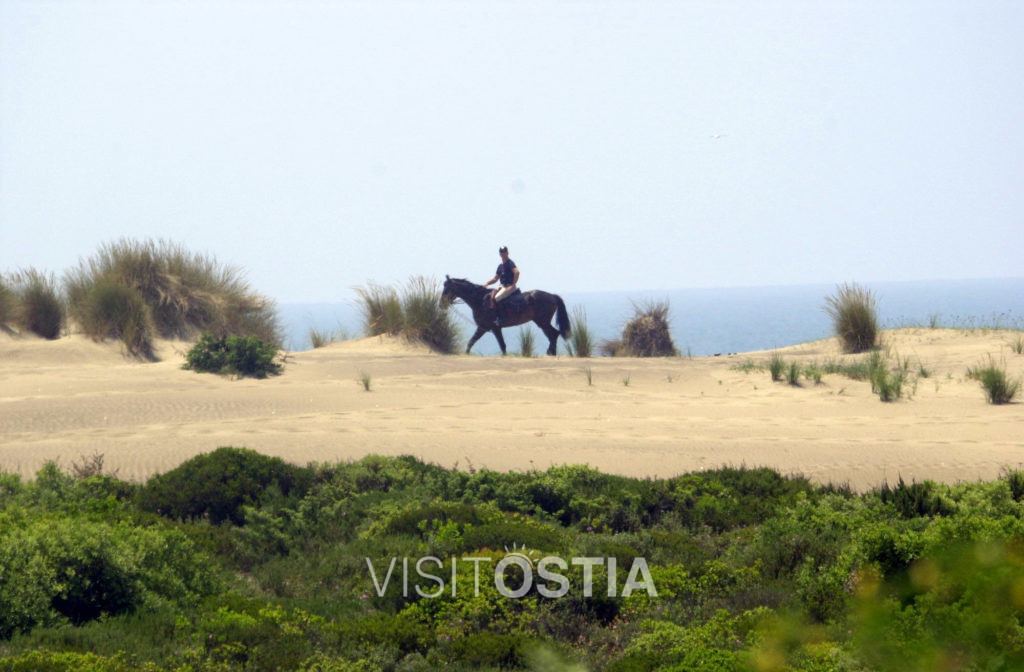Ostia: a special biodiversity
Ostia is embraced by the National Natural Reserve of the Roman Coast, the biggest one in Italy with its 15.900 hectares. It is composed by very different parts and kept together like a mosaic by the forest, for locals, tourists, environmental education and many sport activities.
There are beaches, dunes, Mediterranean scrub, river banks and river mouths which echo to the straight canals on farming fields. This variety includes the LIPU (bird protection association) Mediterranean Habitat Centre, the Acque Rosse (red waters), pine forest, the Pianabella mansion and its Procoio pine forest, Castel Fusano’s pine forest, via Severiana, up to Villa di Plinio, the Presidential Estate of Castel Porziano, the shoals of Tor Paterno and the dunes of Capocotta.
Wildlife
The most common tree is the Pinus pinea, the domestic pine tree. You can also find cork
oaks, oaks, holm oaks together with shrubs like lentisc, phillerea and strawberry tree. Along the coast the vegetation becomes mainly of lentisc and juniper.
An incredible number of animals populate this territory: foxes, porcupines, weasels, hares, wild rabbits, boars, roe deer, tortoises and water turtles, along with dolphins very often visible from the coast. There are also many birds: owls, kestrels, kites, barn owls, but also some grey herons, swallows and woodpeckers.
LIPU Mediterranean Habitat Oasis
The LIPU Habitat It is located on the Tiber’s mouth and includes a successful receonstruction of a coastal pond area, merged with a luxuriant aquatic, riparian and scrub vegetation. The staff has already identified over 200 species of birds among which some nesting ones like the very rare red heron.
It is easy to spot grabes, bitterns, crakes, marsh harriers, knights of Italy apart from many water birds like ducks and the rare ferriginons.
Procoio pine forest
These 350 hectares have this name, because a procoio was a fenced area for animals. It extends between the cultivated fields, the pine forest paths inside the scrub, but here there are also holm and cork oaks.
It crosses the ancient via Severiana, the coastline road which linked the ports of Claudius and Trajan arriving to Terracina, passing by the remains of many villas one of which has a personal thermal plant.
Castel Fusano pine forest
It is an urban park of over 1000 hectares mainly composed by domestic pine trees and by
local Mediterranean scrub (holm oak, strawberry tree, lentisc, myrtle, juniper and rosemary).
The park, one of Rome’s most beautiful, is the only one which allows a complete immersion
in the green, in silence and in natural scents. It is perfect for walks, picnics, running and
functional training in some specific areas.
Presidential residence of Castelporziano
This residence hosts nearly every typical Mediterranean coast ecosystem: uncontaminated beaches, sandy dunes, the ancient dunes, the holm oak forest, the domestic pine tree forest, the oak forest and the grazing lands. Twenty-nine monumental trees have been counted.

Equally rich is the count of animal species: boars, fallow deers and roe deers, foxes, hedgehogs, beech martens, porcupines, wild rabbits, jays, nocturnal and diurnal birds of prey.
Castelporziano represents an example of the highest value for its biodiversity of wildlife and the presence of natural pools, temporary and permanent humid natural environments.
Tor Paterno Shoals
In front of Castel Porziano, 4 to 7 miles off shore, are the shoals of Tor Paterno, the only Italian protected marine area completely underwater. It is an island on the seabed, a big rocky formation covered by an incredible amount of wildlife and vegetation. It reaches a depth of 60 mt.
On the top there is a lot of Posidonia. At the bottom there are colonies of coelenterates (red Gorgonia, soft corals and a rare black coral).
Capocotta Dunes
It is rare to see a dune ecosystem, like the one of Capocotta, which closes the National Natural Reserve of the Roman Coast. It is the farthest from the Tiber’s mouth.
In this habitat live sea lilies, centauries, sea camomille, esparto and juniper. The animals are not less important: quails, blackcaps, nightingales and insects like caterpillars and moths.


